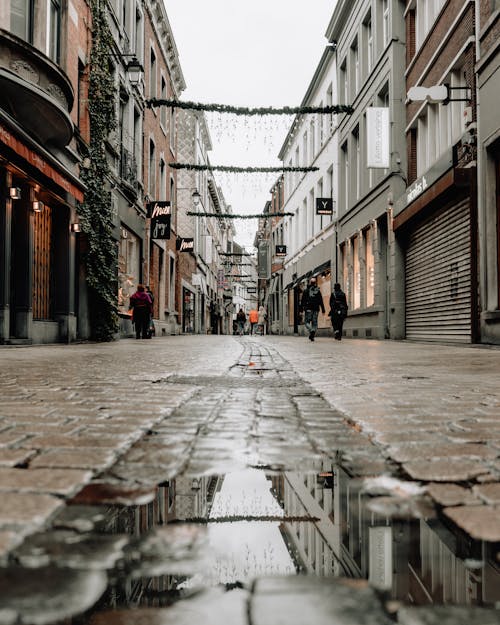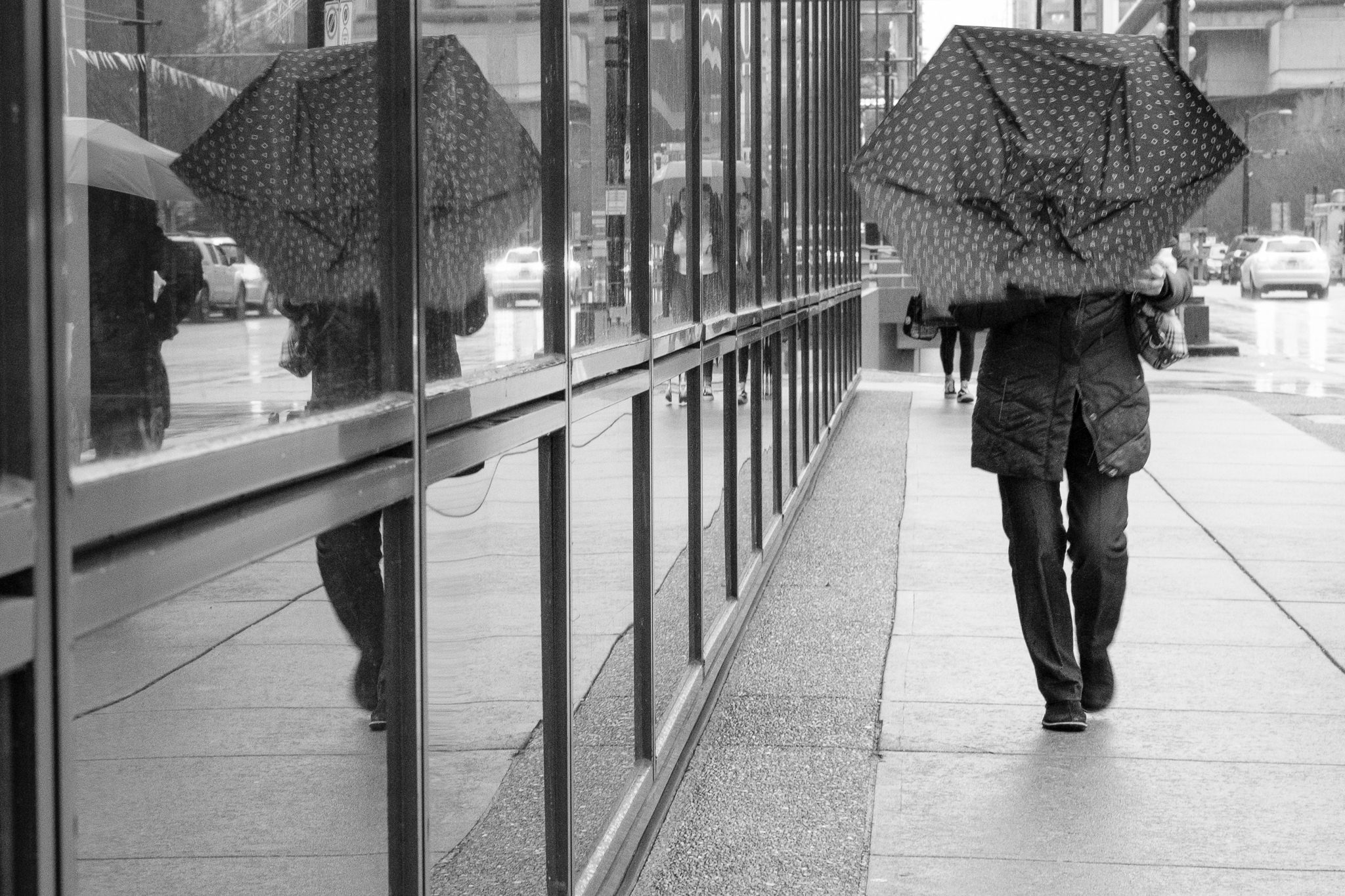10 Easy Facts About Framing Streets Explained
Table of ContentsNot known Incorrect Statements About Framing Streets The Best Guide To Framing StreetsA Biased View of Framing StreetsRumored Buzz on Framing StreetsWhat Does Framing Streets Do?How Framing Streets can Save You Time, Stress, and Money.
, normally with the goal of capturing photos at a crucial or touching minute by cautious framing and timing. https://myanimelist.net/profile/framingstreets1.His boots and legs were well specified, but he is without body or head, due to the fact that these were in movement." Charles Ngre, waterseller Charles Ngre. https://framingstreets1.blog.ss-blog.jp/ was the very first professional photographer to attain the technical class needed to register people in motion on the street in Paris in 1851. Photographer John Thomson, a Scotsman collaborating with reporter and social lobbyist Adolphe Smith, published Road Life in London in twelve regular monthly installments beginning in February 1877
See This Report about Framing Streets
Eugene Atget is considered a progenitor, not since he was the first of his kind, yet as an outcome of the popularisation in the late 1920s of his record of Parisian streets by Berenice Abbott, who was inspired to carry out a similar documents of New york city City. [] As the city developed, Atget aided to advertise Parisian streets as a deserving topic for photography.

See This Report on Framing Streets
Martin is the first tape-recorded digital photographer to do so in London with a masked camera. Mass-Observation was a social research organisation started in 1937 which intended to videotape everyday life in Britain and to videotape the responses of the 'man-in-the-street' to King Edward VIII's abdication in 1936 to wed divorce Wallis Simpson, and the sequence of George VI. In between 1946 and 1957 Le Groupe des XV yearly displayed work of this kind. Andre Kertesz. Circus, Budapest, 19 May 1920 Road digital photography developed the significant web content of 2 exhibits at the Museum of Modern Art (Mo, MA) in New York curated by Edward Steichen, 5 French Photographers: Brassai; Cartier-Bresson, Doisneau, Ronis, Izis in 1951 to 1952, and Post-war European Digital Photography in 1953, which exported the principle of road digital photography internationally.

Not known Facts About Framing Streets
The recording machine was 'a covert electronic camera', a 35 mm Contax concealed below his layer, that was 'strapped to the chest and connected to a lengthy cord strung down the appropriate sleeve'. Nevertheless, his work had little modern effect as as a result of Evans' level of sensitivities about the creativity of his project and the personal privacy of his topics, it was not released till 1966, in guide Several Are Called, with an intro composed by James Agee in 1940.
Helen Levitt, after that an educator of little ones, connected with Evans in 193839. She documented the transitory chalk drawings - Lightroom presets that were part of children's street society in New York at the time, along with the kids that made them. In July 1939, Mo, MA's brand-new photography section consisted of Levitt's operate in its inaugural exhibitionRobert Frank's 1958 publication,, was significant; raw and frequently out of emphasis, Frank's images examined traditional digital photography of the time, "challenged all the official policies laid down by Henri Cartier-Bresson and Walker Evans" and "flew in the face of the wholesome pictorialism and wholehearted photojournalism of American publications like LIFE and Time".